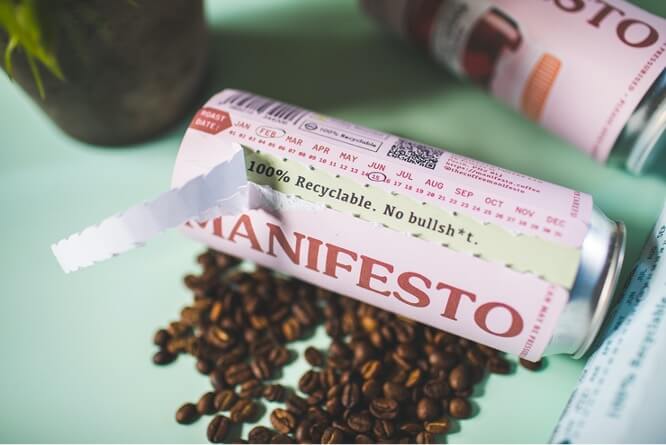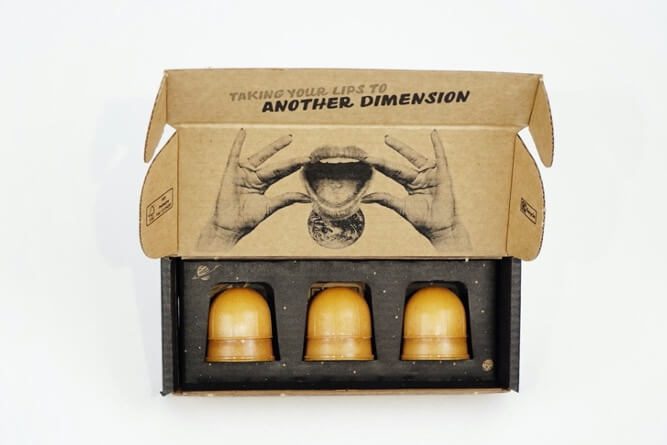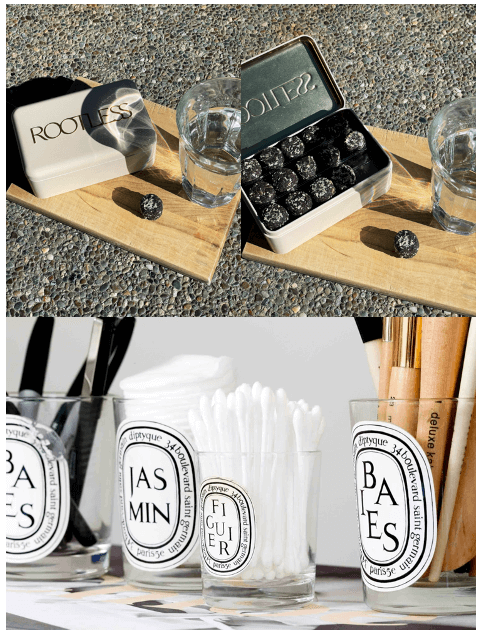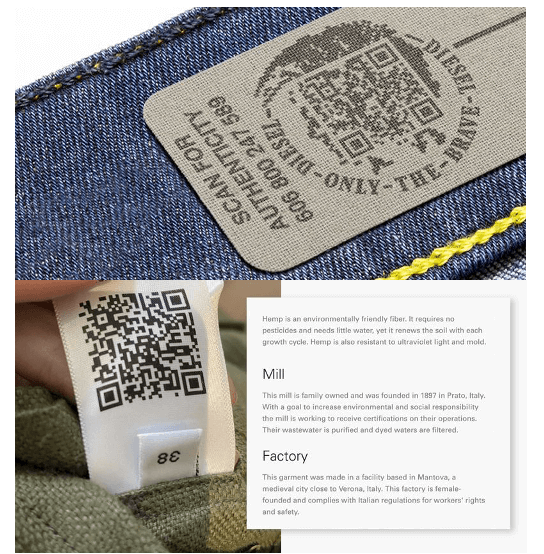Our Thoughts
Eco-effective How packaging can emergently communicate sustainability
As the climate crisis deepens, consumers are commensurately expecting brands to revolutionise their products, processes, and packaging to address environmental concerns. In fact, a recent study by YouGov found that 52% of consumers’ purchasing decisions are influenced by a brand’s eco-credentials, with 21% of consumers deciding not to do business with a specific brand or product as a result of environmental concerns.
With the increased availability of on-demand information and tools to assess a brand’s credibility (such as GoodOnYou and Impact Score), and the increased awareness around “greenwashing” tactics – brands must look to readdress the ways in which they signal their sustainability credentials on-pack. Packaging will need to instantly and convincingly communicate its sustainable-ness to ensure consumer loyalty and satisfaction.
Across categories, a number of emergent brands are paving the way for the future of packaging, evidencing a number of key ways in which eco-credentials can be communicated effectively.
Radical Reinventions – leading-edge brands such as Above & Beyond are starting to show rather than tell consumers about their eco-credentials. Shifting away from the use of common eco-symbols that have come to signify generic compliance (e.g. recycling icons), they are instead creating completely new format concepts that eliminate the problem (e.g. plastics) from the equation altogether. Through radically reinventing formats and incorporating alternative materials, these brands allow the pack to speak for itself by visually signalling a total departure from unsustainable norms. By re-thinking packaging from the ground up, rather than making small, superficial improvements to existing designs, brands are able to establish their commitment to sustainability as an intrinsic ethos rather than extrinsic, externally-facing tick-box exercise.


Desirable Reusability – brands such as Rootless are now also innovating reusable formats to shift away from mundane designs (e.g. jars) that only result in short-term repurposing. Through the beautification of designs, the use of durable materials, and the creation of multi-functional (rather than single-purpose) formats, brands are able to position their packaging as an object of desire in and of itself, which consumers can proudly display as it takes on a second life. This is particularly strengthened by complementary comms imagery that displays the multiple uses of packaging (such as Diptyque candle glasses being displayed as makeup brush holders), in addition to comms photography which styles the packaging as a still life, imbuing the pack with the qualities of an objet d’art.

Connected Packaging – part of letting packaging speak for itself and appear as an object of desire is minimising the amount of text and icons on-pack. At the same time, reducing the amount of text on-pack allows for a decreased surface-area and reduction of materials used. Nonetheless, consumers expect detailed and accessible information regarding a company’s sustainability metrics, provenance, supply chain traceability and carbon emissions. To meet all of the above needs, leading-edge brands have started to integrate QR codes on-pack and at POS, directing consumers to websites with interactive UX and videos that deliver information in a digestible, engaging and transparent manner, leading to greater consumer engagement.

3 Key take-outs for brands:
- Do away with existing and harmful packaging norms, by radically reinventing your pack design to signal a solution-orientated approach that tackles the climate crisis head-on.
- Beautify your packaging and make it infinitely reusable through durable materials and fluid functionality.
- Connect your comms and packaging through QR codes that allow for detailed, accessible, and engaging delivery of sustainability credentials.
Maria Victoria O’Hana, Senior Semiotician

